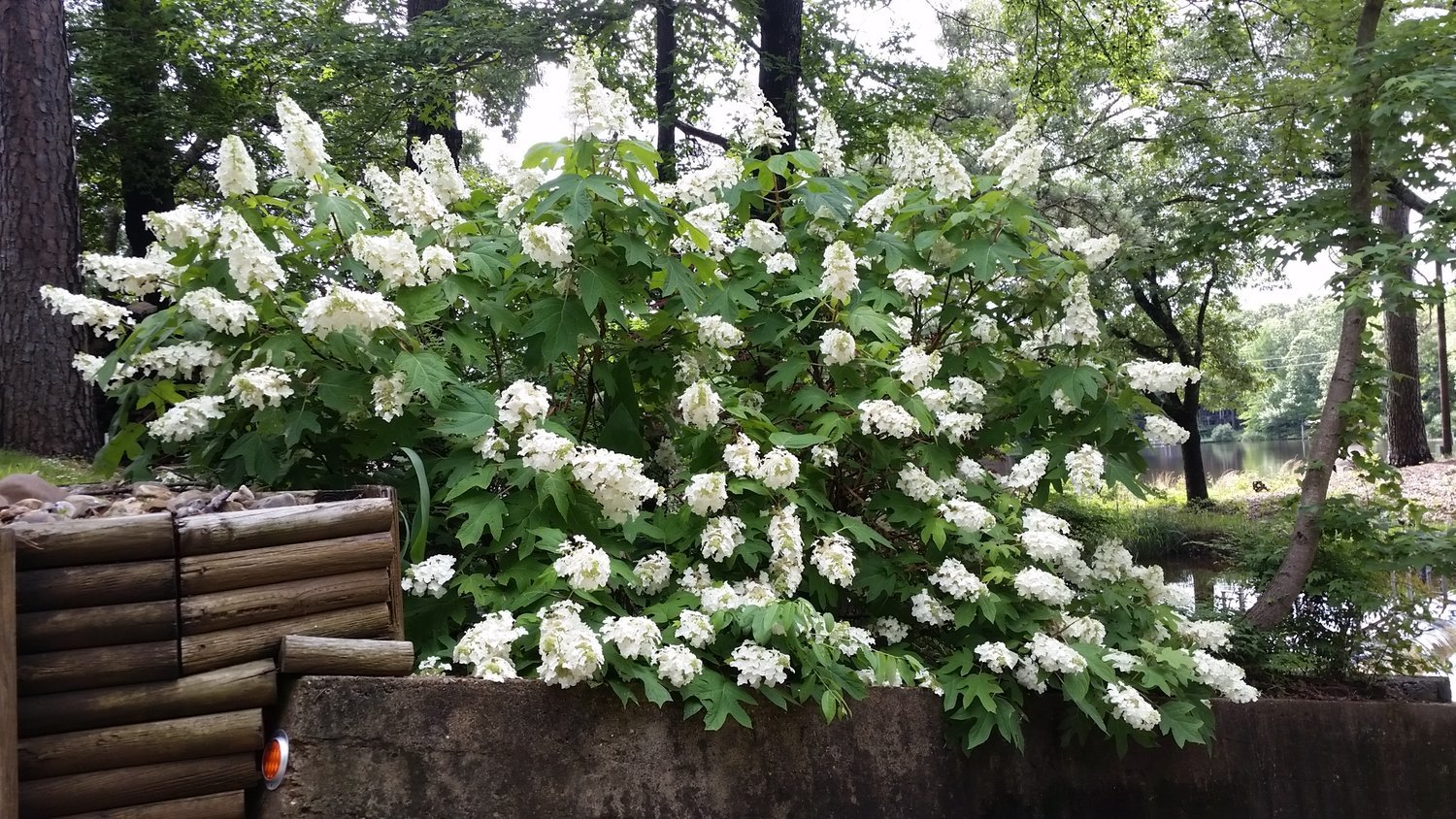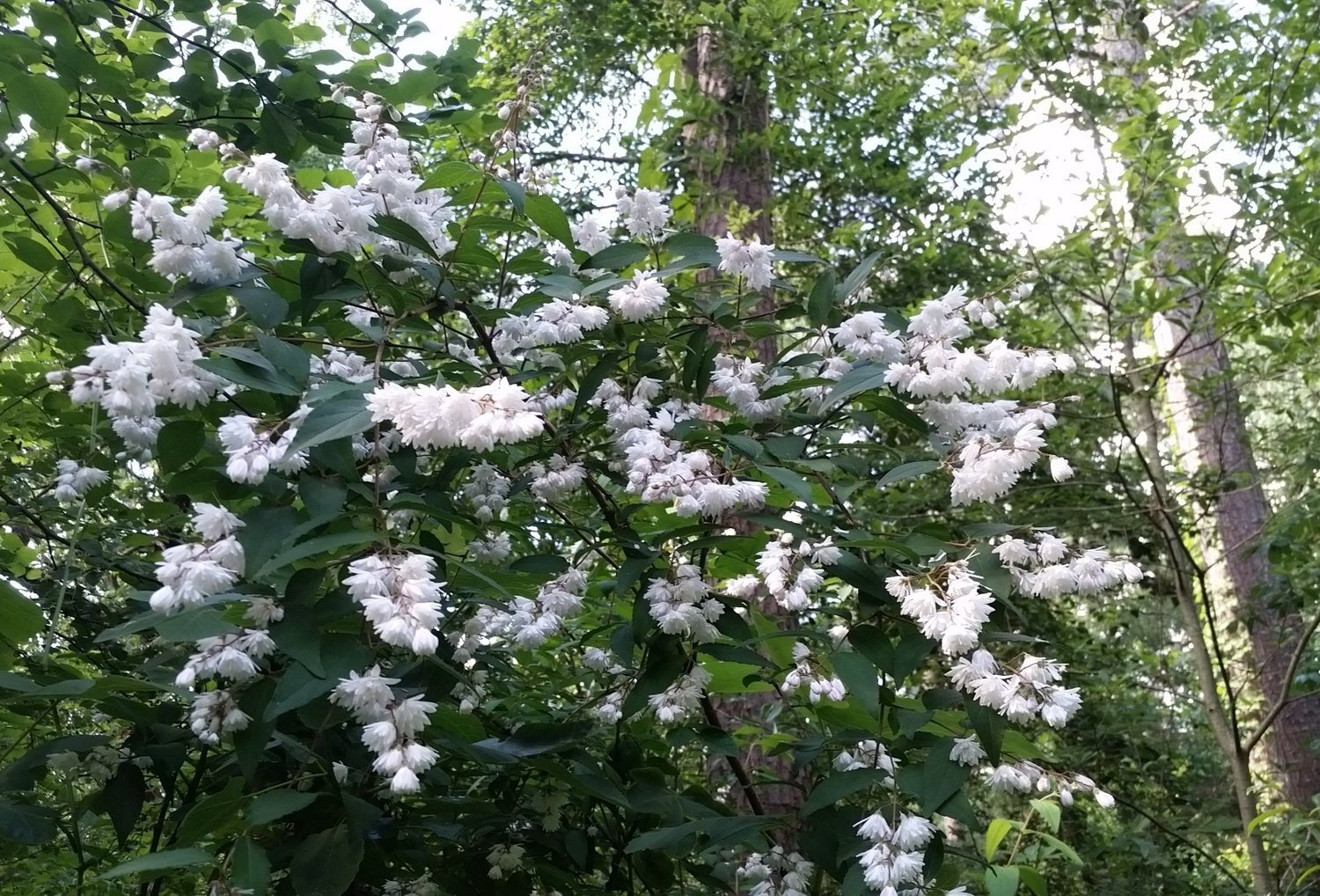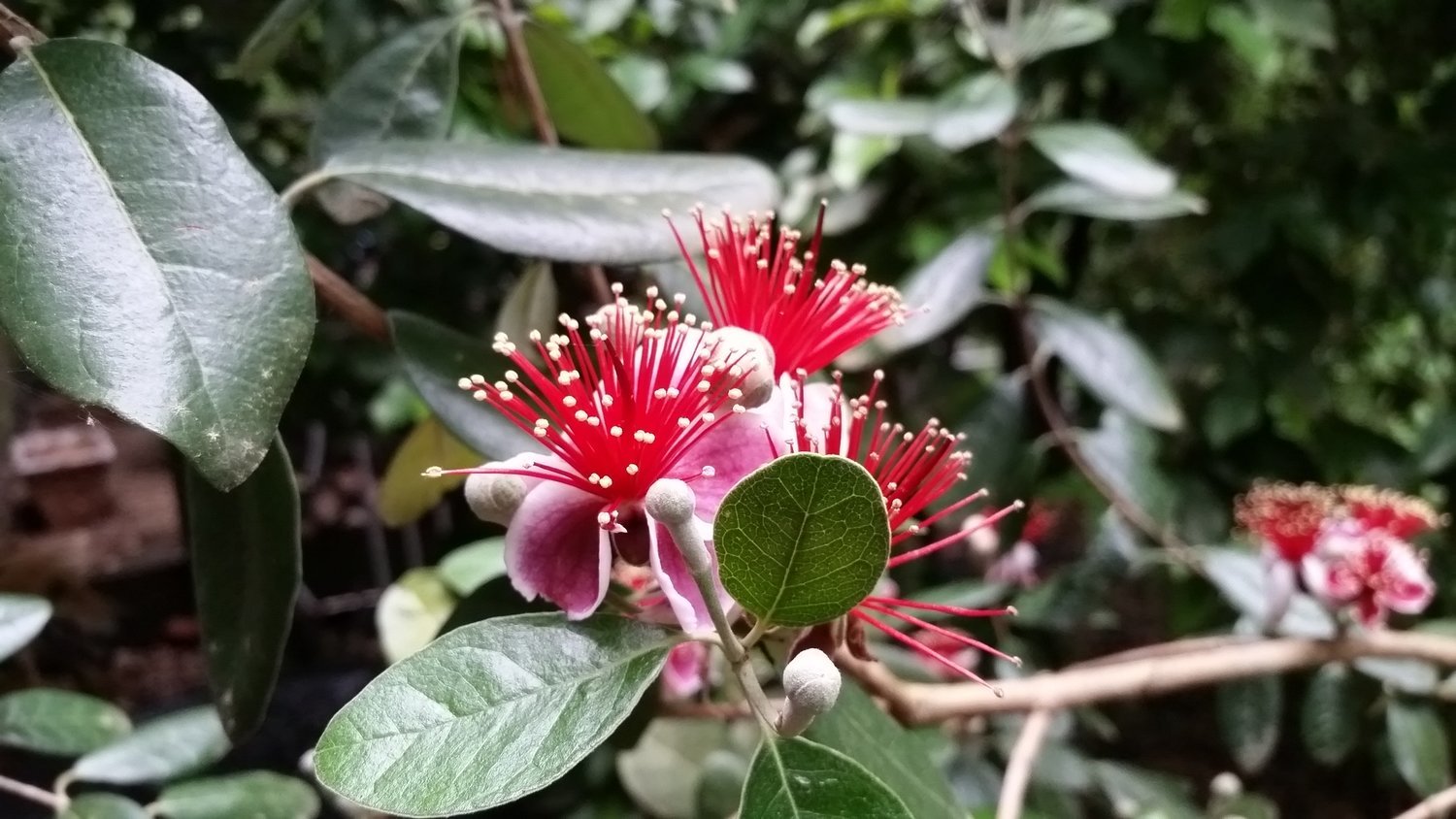In East Texas Gardens
Blooming shrubs for late spring
Late spring in East Texas is filled with so much color, and shrubs can provide a long lasting backdrop of blooms – especially in rainy springs like this year.
One of my favorite large shrubs is …
This item is available in full to subscribers.
Attention subscribers
To continue reading, you will need to either log in to your subscriber account, or purchase a new subscription.
If you are a current print subscriber, you can set up a free website account and connect your subscription to it by clicking here.
If you are a digital subscriber with an active, online-only subscription then you already have an account here. Just reset your password if you've not yet logged in to your account on this new site.
Otherwise, click here to view your options for subscribing.
Please log in to continue |
In East Texas Gardens
Blooming shrubs for late spring
Late spring in East Texas is filled with so much color, and shrubs can provide a long lasting backdrop of blooms – especially in rainy springs like this year.
One of my favorite large shrubs is the oak leaf hydrangea (Hydrangea quercifolia). This U.S. native plant has large, lobed leaves that resemble oak leaves, and cones of white blooms that remain on the shrub as they dry. Normally the blooms age to tan or brown, but the blooms of some varieties turn pink or even red as they age. This dramatic shrub will reach at least 10 feet in height, with an eight-foot spread. If this is too large for your garden, look for dwarf varieties like “Pee Wee” that will grow four feet tall by three feet wide. Oak leaf hydrangea can grow in full shade, but if you want the most blooms, try them in some morning sun and afternoon shade. As an added bonus, the shrubs are attractive long after the blooms fade: the leaves have gorgeous maroon fall color and the exfoliating bark provides winter interest.
Another tall shrub for the back of the border is fuzzy Deutzia (Deutzia scabra), a pass-along southern plant. Fuzzy Deutzia is covered with frilly double white or pink flowers that dangle from its arching branches. About the same size as oak leaf hydrangea, fuzzy Deutzia blooms in my shady garden, but would appreciate a little more sun. It’s said to be deer-resistant, although I can’t guarantee it if you live at Holly Lake Ranch. Fuzzy Deutzia (I love saying that name: ‘Doot-zia’) drops its leaves in the winter, so you might want to plant it mixed with evergreens or shrubs that have more winter interest. There are other Deutzias available in garden centers that are much smaller, so make sure you select the right variety for your garden.
Another large shrub for East Texas gardens is pineapple guava (Acca sellowiana). This evergreen shrub can be used as a screen in the border, with olive-green leaves backed in silvery-gray that can be pruned if desired, or limbed up to a tree form. The May blooms are spectacular–white, fleshy, reflexed petals with a rosy center surround bright red stamens topped with golden pollen that seems to sparkle. The edible petals have a sweet flavor and can be added to a salad. If you have more than one plant, you might get some tasty fruit in late summer, although I have never been so lucky. Pineapple guava grows best in full sun but blooms well in the part shade of my woodland gardens.
Finally, among my favorite late-spring bloomers is a smaller shrub (up to six feet tall) with marvelously fragrant blooms. Virginia sweetspire (Itea virginica) is a rounded shrub with sweet-smelling, spire-shaped blooms on gently arching branches. We grow sweetspire at the Wood County Arboretum & Botanical Gardens in front of the pergola leading to the walking trail. Sweetspire can be used for erosion control, as it naturally occurs on stream banks in east Texas. Try some of the commercially-available varieties like ‘Henry’s Garnet’, which has glorious fall colors of maroons and purples (best with more sun), and the compact ‘Little Henry’, which grows only two to three feet tall and wide with similar maroon fall color. This year I’m trying a variety called ‘Scentlandia’, promised to be the most fragrant of all sweetspires.
It’s easy to overlook shrubs at the nursery, especially if they’re not in bloom. But once you plant them in your garden, you’ll be rewarded with blooms for years to come, in your east Texas garden.











